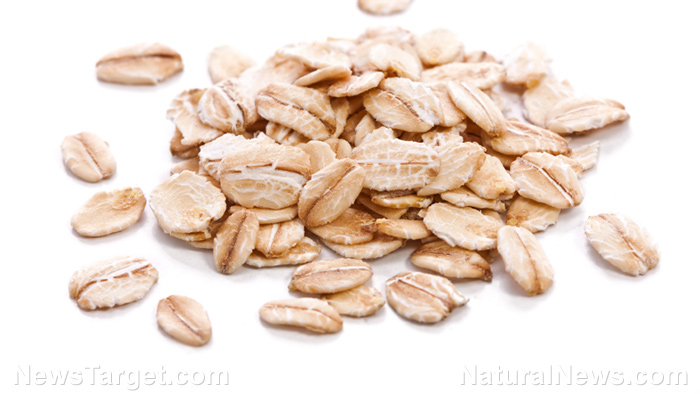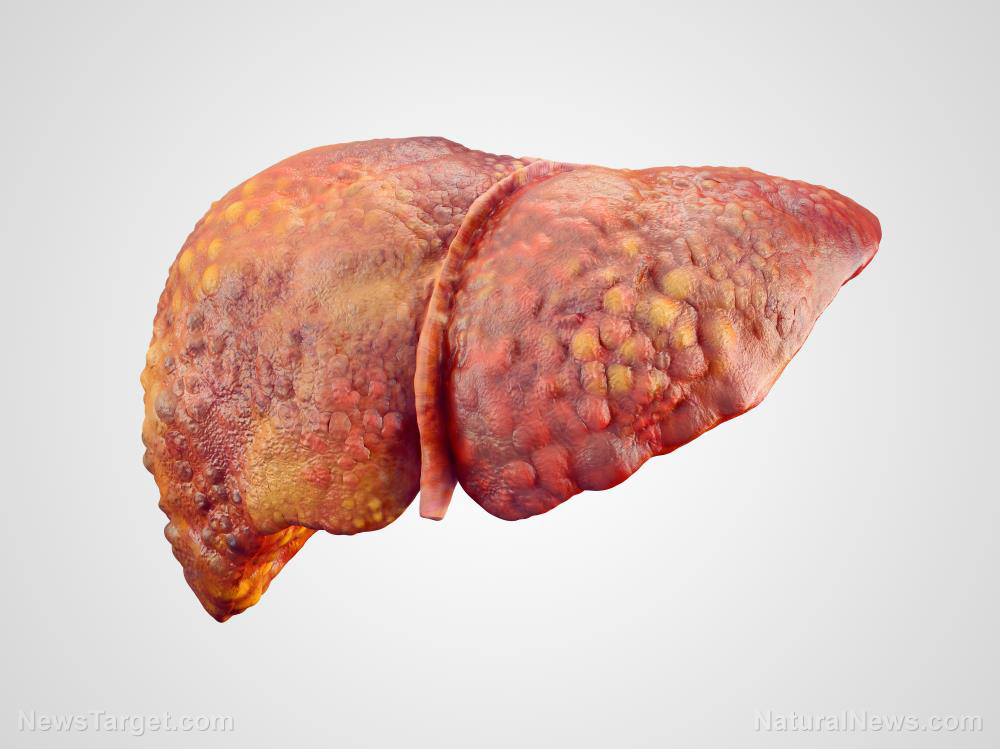Nonalcoholic fatty liver disease, commonly associated with diabetes, increases the risk of heart disease, and liver, colorectal, and breast cancers
02/21/2019 / By Jhoanna Robinson

In a new study that was published in the Journal of Hepatology, researchers were able to surmise that nonalcoholic fatty liver disease (NAFLD) is not only associated with hepatocellular carcinoma (HCC), but also to cancers that have nothing to do with the liver, such as colorectal and breast cancers.
“NAFLD is a very important multi-system disease to which attention should be paid. Despite its strong relationship with HCC development, little attention has been paid to the association of NAFLD with the development of other extrahepatic cancers,” said lead author Gi-Ae Kim of the Health Screening and Promotion Center in Asan Medical Center at the University of Ulsan College of Medicine in Seoul, South Korea.
“Our study presents statistical evidence that NAFLD is associated with extrahepatic cancers. We hope this study will raise awareness of the increased cancer potential that NAFLD might have,” Kim added.
The study analyzed the information of nearly 26,000 Koreans who had health checkups between September 2004 and December 2005, who had no cancer diagnosis within one year of the checkup, and were observed for an average of 7.5 years.
According to the study, around 8,721 or 33.6 percent of the individuals in the study were given a diagnosis of NAFLD – cancer incidence in that group was 32 percent greater than in the non-NAFLD group. After adjusting the data for demographic and metabolic aspects, substantial dangers for specific cancers became evident, such as patients with NAFLD having 16.73 times more probability of developing HCC, being twice as likely to develop colorectal cancer (men), and having almost twice the risk to develop breast cancer (women).
High scores on two measurements of liver fibrosis, the NAFLD fibrosis score (NFS) and the FIB-4 score, were also linked to a higher risk for all cancers, especially HCC. As such, a high NFS score is conclusive of an 87 percent in HCC risk and a high FIB-4 score a 74 percent increase in risk.
“Our results suggest that patients with NAFLD require multidisciplinary evaluation with particular attention to the development of cancers. Further studies are needed to specify which high-risk groups among patients with NAFLD carry a greater risk of developing specific cancers, including HCC, colorectal cancer, and breast cancer and that we should pay more attention to the cancer potential of NAFLD in clinical practice,” said principal investigator Dr. Han Chu Lee of the Department of Gastroenterology at Asan Liver Center in Asan Medical Center in the University of Ulsan College of Medicine.
For his part, Dr. Peter Jepsen of the Department of Hepatology and Gastroenterology and Department of Clinical Epidemiology in Aarhus University Hospital in Denmark had this to say: “NAFLD is likely to become the most prevalent liver disease in many countries, yet clinicians are struggling to determine exactly why they should care about NAFLD. Is it merely a bystander – a manifestation of the metabolic syndrome resulting in cardiovascular disease – or is it a liver disease in its own right?” (Related: Fatty liver disease – Choline provides a nutritional solution for a silent epidemic.)
Taking prebiotics and probiotics can help alleviate the symptoms of NAFLD
At present, there is no known treatment for NAFLD other than managing one’s weight and undergoing some lifestyle modifications. Good news for people who have NAFLD, a recent study that was published in the British Journal of Nutrition recommends taking synbiotics – a combination of probiotics (healthy gut bacteria) and prebiotics (fermentable foods that benefit probiotics).
The subjects that participated in the study had NAFLD for a minimum of six months. NAFLD was identified via the presence of steatosis (accumulation of fat in the liver), heightened levels of specific liver enzymes, and fatty liver accumulation that was detected by an ultrasound.
The subjects were 18-years-old or older with a body mass index (BMI) score of 25 or less and no history of alcoholism or predisposition to liver disease. The 50 participants who were recruited were told to take either a synbiotics pill or a placebo pill, which was done twice daily for 28 weeks, with a follow-up every seven weeks.
Follow-ups involved a battery of tests such as immune system check-ups, BMI calculation, liver health, and metabolism. The researchers concluded that taking synbiotics helped control the immune response to NAFLD and significantly reduce inflammation levels.
For more news stories on the origin of certain organ carcinomas in the body, visit CancerCauses.news.
Sources include:
Tagged Under: breast cancer, Colorectal Cancer, diabetes, heart disease, hepatology, liver disease, NAFLD, nonalcoholic fatty liver disease, synbiotics



















